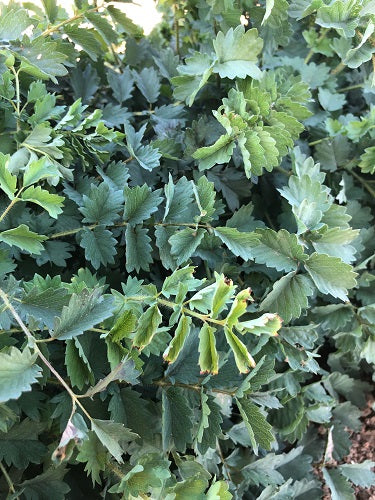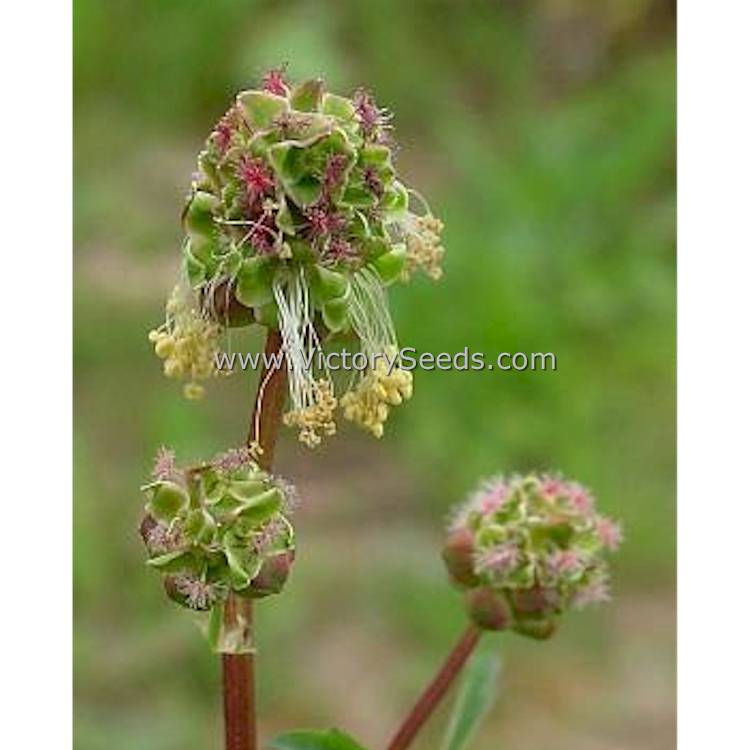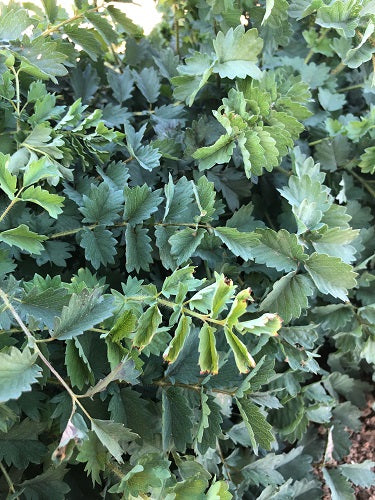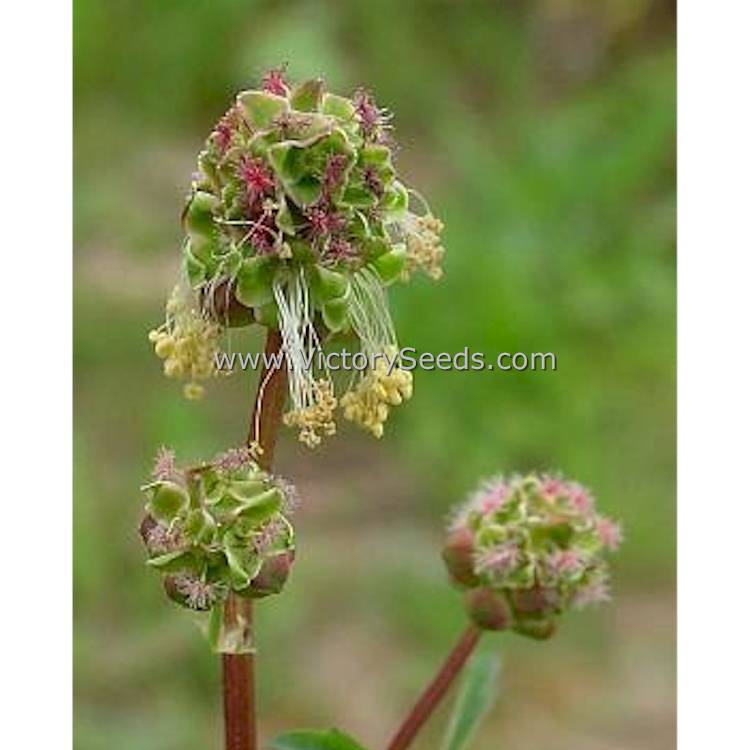Salad Burnet
Salad Burnet
Regular price
$2.95 USD
Regular price
Sale price
$2.95 USD
Unit price
per
Shipping calculated at checkout.
Couldn't load pickup availability
Salad Burnet
Sanguisorba minor
Sanguisorba minor
If you are like us and always on the lookout for interesting leafy greens to add to our tossed salads, this is a plant you should have in your herb or kitchen garden. 'Salad Burnet', also known as "Small Burnet," "Lesser Burnet," and "Garden Burnet," is a native to much of Europe as well as parts of southwest Asia and northwest Africa.
Because of its long and extensive history of use, it was one of the earliest plants brought to North America, where it has become naturalized and often found in dry meadows and along roadways. It was once commonly sown as a pasture fodder plant and found in nearly every herb garden.
Because of its pleasant, slightly cucumbery flavor, it is used as an ingredient in both salad dressings and green salads. It is also considered by some as being a good replacement for mint leaves in some recipes. Since the leaves do tend to get strong flavored or bitter with age, harvest young, tender leaves for table use.
As mentioned previously, 'Salad Burnet' was brought to America with the earliest colonists. Thomas Jefferson, even while busy in the midst of a revolution, found time to sow his Burnet seeds on March 13, 1778. It must have been a favorite of his as he mentions it several times in his garden journal.
The plants reach fifteen to thirty inches in height, are drought tolerant, and tend to grow all year round as weather permits. 'Salad Burnet' spreads by rhizomes, as well as by self-sowing, under favorable conditions. However, unwanted seedlings are easily controlled and the mature plants tend to clump and stay relatively contained.
A perennial in USDA zones 4 to 8. Each packet contains 0.5 gram, which is approximately 50 to 60 seeds.


The Victory Seed Company does not advocate medical self-diagnosis or self-medication. Reference to the medicinal properties of plants are described here for educational and historical purposes only and are not to be construed as a prescription, prognosis or diagnosis for any disease or illness. As with any remedies or medicines, you should consult your personal health care provider before using.
Informational References:
- "A Modern Herbal," Mrs. M. Grieve, 1931, p. 145-147.
Explore our vegetable collections:
[ Artichokes | Asparagus | Beans | Beets | Broccoli | Sorghums | Brussels Sprouts | Cabbage | Cantaloupe | Carrots | Cauliflower | Celery | Collard Greens | Corn | Cucumber | Eggplant | Endives | Gourds | Kale | Kohlrabi | Leeks | Lettuce | Mesclun Mix | Mustard Greens | Okra | Onions | Parsley | Edible Pod Peas | Garden Peas | South Peas | Hot Peppers | Mild Peppers | Pumpkins | Radishes | Rapini | Rhubarb | Salad Greens | Salsify | Summer Squash | Winter Squash | Swiss Chard | Tomatillo | Tomatoes | Dwarf Tomato Project | Turnips | Watermelons ]


